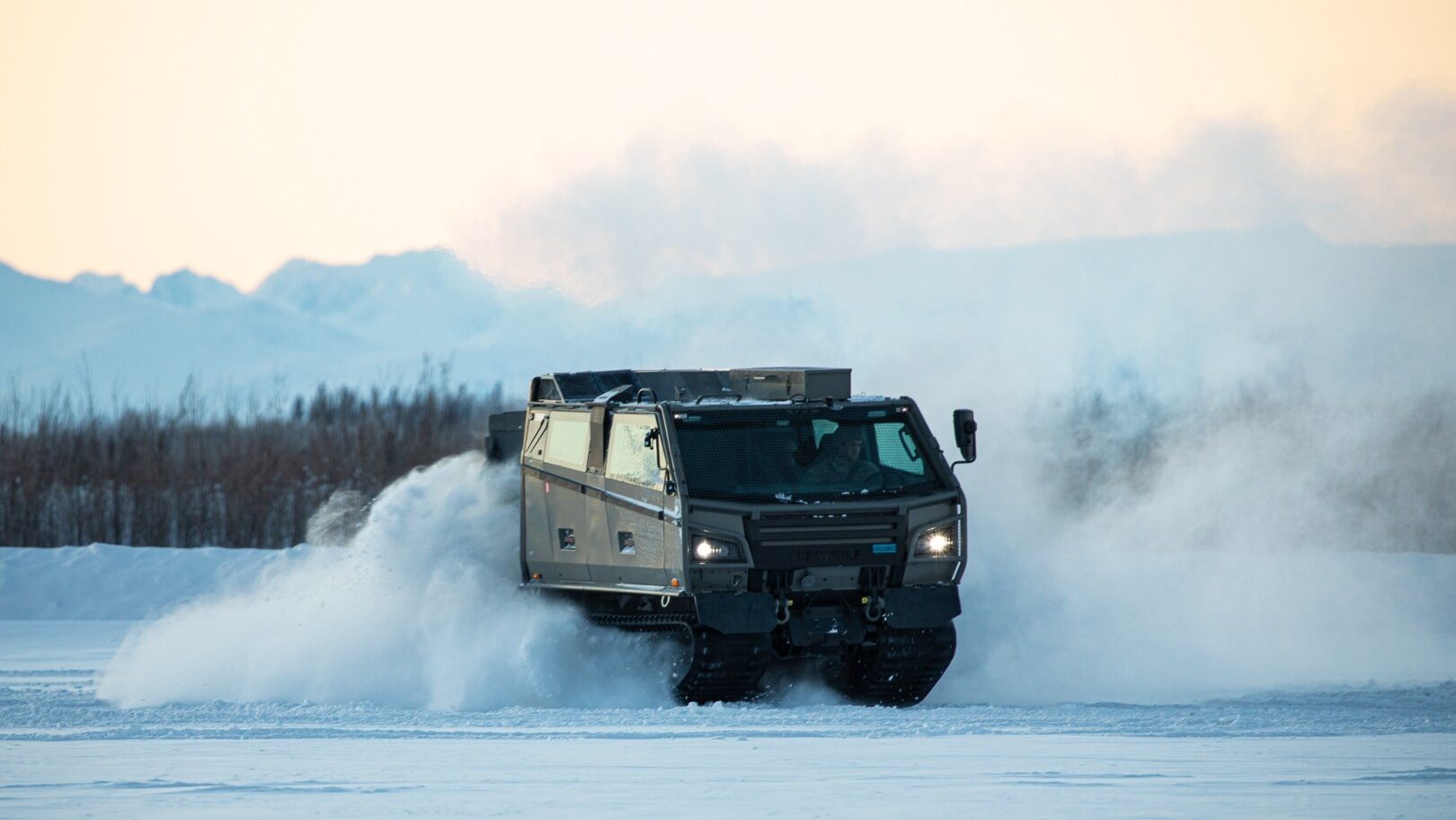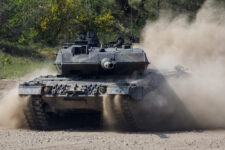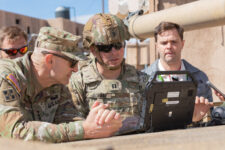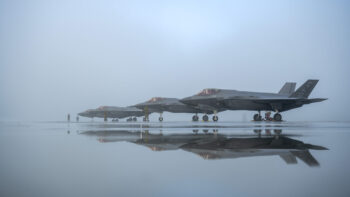
The branch selected the BAE Systems BvS10 Beowulf as its Cold Weather All-Terrain Vehicle in 2023. (BAE Land and Armaments)
GVSETS 2024 — The looming challenges posed by China and Russia in the Arctic have been raising questions about whether the US Army’s ground fleet is prepared to operate in an extreme environment with difficult terrain, rapidly changing weather patterns and temperatures reaching minus 60 degrees Fahrenheight.
In some areas the snow limits off-road vehicle travel, and the cold weather can freeze sensors, fuel, batteries and hydraulics. In the summer, though, the snow thaws and saturates a widespread bogland, which can mean slow travel for entire platforms. To operate up there, Army officials said here, the service needs to up its mobility game.
“If the US ground force truly aims to gain Arctic dominance, mobility advancements to outmaneuver the enemy and reliably sustain the force is key,” Sally Shoop, former senior research engineer with the US Army Corps of Engineers Engineer Research and Development Center (ERDC) — Cold Regions Research and Engineering Laboratory (CRREL), told the audience at the16th Annual Ground Vehicle Systems Engineering & Technology Symposium in Novi, Mich.
To get started, the service has been conducting several research and development (R&D) and procurement programs related to operating in extreme conditions.
The ERDC CRREL carries out several interdisciplinary projects to solve problems for the Army Corps of Engineers. It includes studies to apply science and engineering knowledge to complex environments, materials and processes in all seasons and climates.
Meanwhile, the Army Combat Capabilities Development Ground Vehicle Systems Center (DEVCOM GVSC) has been evaluating new procedures and composites to reduce the weight of structures and improve the reliability of ground platforms in extreme temperatures from arctic to desert environments.
“We might have a material coming from the vendor which advertises very good properties, very good contention for simulating, but a question I might get asked is: ‘How is this going to perform in the Arctic?’ And there is often no material test data to justify how a material might perform in those environments.” Robert Hart, a technical specialist of composite materials for DEVCOM GVSC, claimed.
As far as procurement, in 2022 the Army awarded BAE Systems a $278 million production deal under the Cold Weather All-Terrain Vehicles (CATV) initiative for the supply of up to 110 BvS10 Beowulf, spare parts and logistics support over five years. The first platforms were delivered in July 2023 and are expected to be deployed in support operations, emergency medical evacuation, and general cargo transportation in addition to providing command and control capabilities, BAE Systems previously told Breaking Defense.
All the effort is meant to help the Army align with the Pentagon’s 2024 Arctic Strategy. Released in July, the paper outlined courses of action to improve the Pentagon’s cold-weather inventory and enhance its C5ISR, early warning, tracking, sensing, forecasting and information-sharing capabilities.
The strategy stated that the Arctic is “vital for homeland defense” and “integral to the execution of Indo-Pacific operations Ground, air and naval mobility platforms require specific sustainment operations not only to function in extreme cold weather but also through other difficulties that now characterize Arctic conditions throughout the year.”
The 2024 Arctic Strategy also remarked that the growing cooperation between Russia and China has “the potential to alter the Arctic’s stability and threat picture.”
In parallel to its cooperation with Beijing, in 2023 Moscow revised its Arctic policy emphasizing the need to prioritize the country’s interests in the area. Since then the Kremlin has been rebuilding its bases, refurbishing Soviet-era installations and enhancing its capabilities in the region, according to the policy.
Meanwhile, China has been including the high north in its long-term planning and is seeking to increase its activities in the Arctic even without possessing territory in the region.






















